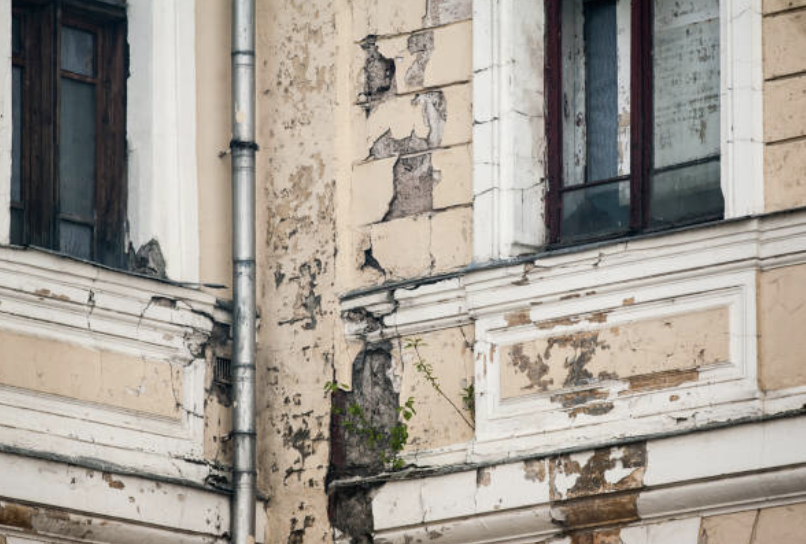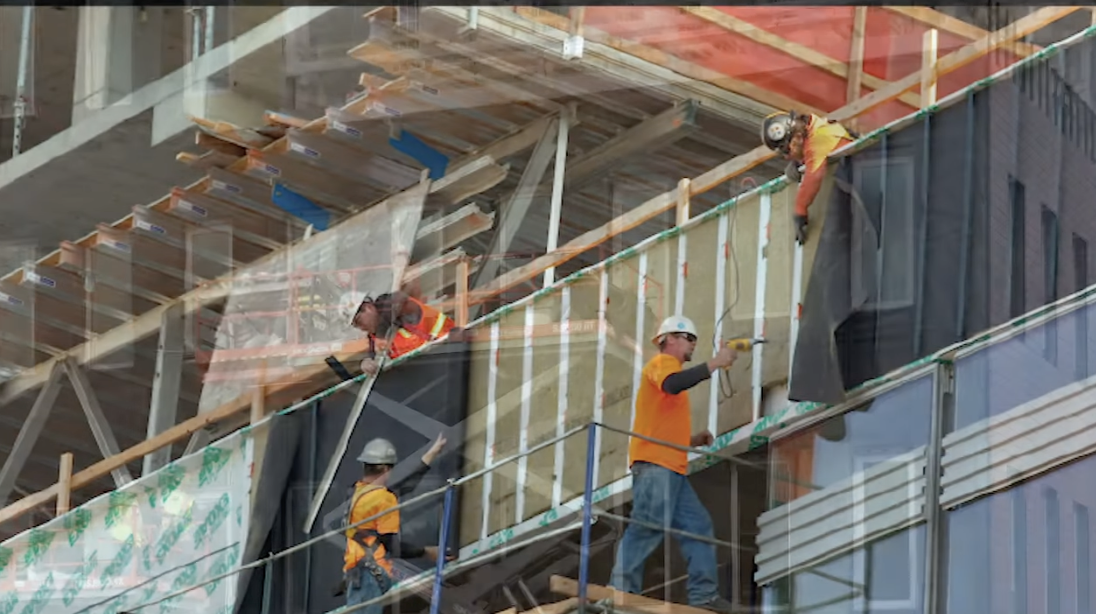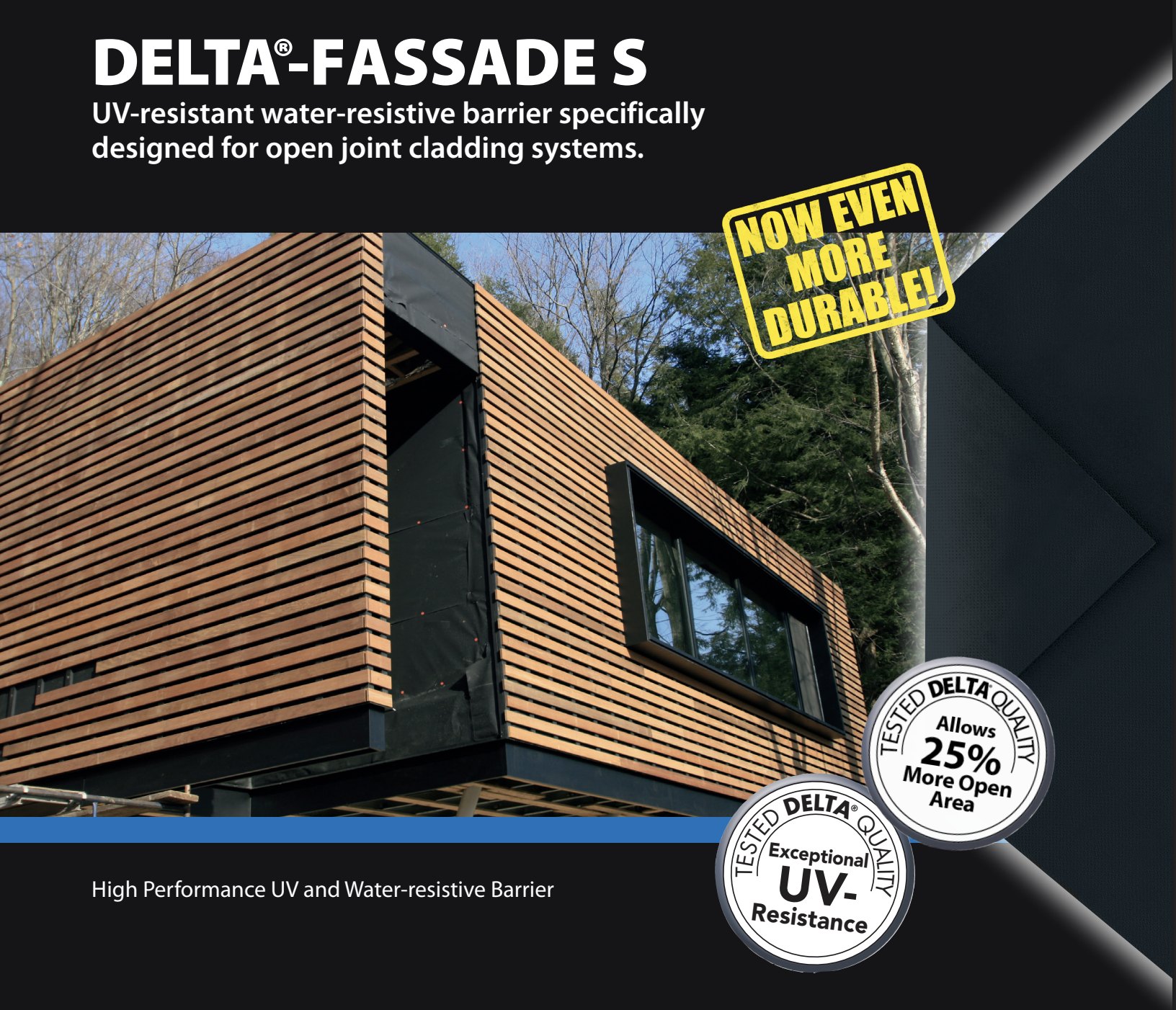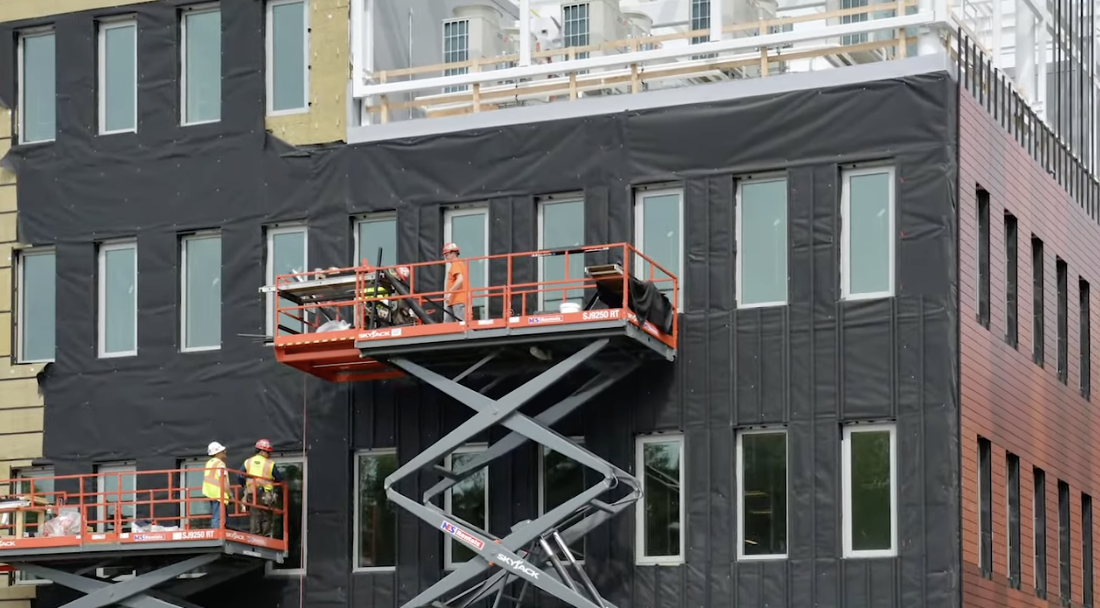Posted by Spycor Building on Jun 18th 2025

In today’s construction industry, creating durable, energy-efficient, and comfortable buildings is more critical than ever. A key component in achieving this is the building envelope, the physical barrier between a structure’s interior and the outside environment. At the heart of a robust building envelope lies air and water-resistive barriers, innovative materials designed to protect against moisture damage, air leakage, and energy loss. Products like Dörken DELTA®-VENT S, DELTA®-VENT SA, and DELTA®-FASSADE are leading the way in moisture management for building envelopes, ensuring long-term structural integrity and occupant comfort. In this blog post, we’ll explore why these barriers are essential for modern construction, how they work, and why they should be a priority for your next project.
The Role of Air and Water-Resistive
Barriers in Construction

Air barriers and water-resistive barriers are specialized materials installed within the building envelope to control the movement of air and liquid water while, in many cases, allowing water vapor to escape. These barriers are critical in preventing issues like mold, rot, and energy inefficiency, which can compromise a building’s performance. For example, up to 80% of construction defects are linked to moisture intrusion, making moisture management a top priority. Products like DELTA®-VENT SA self-adhering barrier offer a seamless solution by blocking water and air while permitting vapor permeability, ensuring wall cavities remain dry even in humid climates. By integrating these barriers, builders can create airtight, weather-resistant structures that meet stringent energy codes like the 2021 IECC.
Why Air Barriers Are Crucial for Energy
Efficiency
Air leakage through the building envelope can account for up to 30% of a building’s energy loss, driving up heating and cooling costs. Air barriers like Dörken DELTA® air and water barrier products create a continuous seal that prevents unwanted air movement, significantly improving energy efficiency. For commercial buildings, where energy costs are a major concern, airtight moisture control for commercial buildings is non-negotiable. The DELTA®-VENT S roofing underlay, for instance, not only seals the roof but also enhances durability with its abrasion-resistant, non-slip surface. By reducing air leakage, these barriers help buildings achieve certifications like LEED, appealing to eco-conscious owners and tenants.
Protecting Against Water Damage with
Water-Resistive Barriers
Water infiltration is a leading cause of structural damage, costing builders millions in repairs annually. Water-resistive barriers act as a shield, preventing liquid water from penetrating walls and roofs while protecting against wind-driven rain. The vapor permeable water-resistive barrier properties of DELTA®-VENT S and DELTA®-VENT SA allow trapped moisture to escape, reducing the risk of mold and rot in wall assemblies. These barriers are particularly valuable in regions with heavy rainfall or high humidity, where traditional impermeable barriers can trap moisture and cause long-term issues. With high-performance moisture barriers for walls, builders can ensure their projects stand the test of time.
The Advantage of Vapor Permeable
Barriers in Modern Design
Modern buildings are increasingly airtight to maximize energy efficiency, but this can trap moisture within walls if not managed properly. Vapor permeable barriers like DELTA®-VENT SA self-adhering barrier solve this problem by allowing water vapor to pass through while blocking liquid water. This breathability is essential in humid climates or buildings with non-vented roofs, such as those using clay or slate tiles. The DELTA®-VENT S, a lightweight yet durable roofing underlay, is ideal for such applications, offering waterproof protection and vapor permeability in one robust package. By choosing vapor permeable barriers, architects and builders can create healthier, more durable structures.
DELTA®-FASSADE: A Solution for Open-
Joint Cladding Systems

For buildings with modern architectural designs, open-joint cladding systems are a popular choice, but they expose the building envelope to UV light and weather. DELTA®-FASSADE open-joint cladding barrier is specifically engineered to withstand these conditions, offering superior UV-resistant barriers that maintain performance even in exposed applications. This product ensures moisture management for building envelopes in high-profile projects, where aesthetics and durability are equally important. Whether it’s a commercial facade or a residential masterpiece, DELTA®-FASSADE provides peace of mind for architects and builders tackling innovative designs.
Meeting Building Codes and Standards
Modern construction must comply with rigorous building codes, such as ICC-ES AC 38 and AC 212 for water-resistive barriers. Dörken DELTA® air and water barrier products are engineered to meet these standards, ensuring compliance and reliability. For energy-efficient designs, these barriers support adherence to codes like ASHRAE 90.1-2019, which emphasize airtightness and moisture control. By choosing energy-efficient building envelope solutions from Spycor, builders can avoid costly code violations and deliver projects that exceed client expectations. Plus, the durability of DELTA® products ensures long-term performance, protecting investments for years to come.
Conclusion: Invest in Your Building’s
Future
Air and water-resistive barriers are not just optional add-ons—they’re essential for creating durable, energy-efficient, and healthy buildings. By integrating Dörken DELTA® air and water barrier products like DELTA®-VENT S, DELTA®-VENT SA, and DELTA®-FASSADE, you can safeguard your project against moisture damage, reduce energy costs, and ensure compliance with modern standards. Don’t let air leaks or mold growth undermine your hard work.
Visit Spycor Building Products today to explore these innovative solutions and take the first step toward a smarter, stronger building envelope.

Frequently Asked Questions
What is an air and water-resistive barrier?
An air and water-resistive barrier is a material that prevents air leakage and liquid water infiltration while often allowing water vapor to escape, protecting the building envelope from moisture damage and energy loss.
Why are vapor permeable barriers important?
Vapor permeable barriers, like DELTA®-VENT S, allow trapped moisture to escape, preventing mold and rot in wall cavities, especially in humid climates or airtight buildings.
How do self-adhering barriers save time?
Self-adhering barriers like DELTA®-VENT SA adhere directly to surfaces, eliminating the need for fasteners and reducing installation time and labor costs while ensuring a seamless seal.
Can DELTA®-FASSADE handle modern architectural designs?
Yes, DELTA®-FASSADE is designed for open-joint cladding systems, offering UV resistance and moisture protection for exposed facades in contemporary projects.



